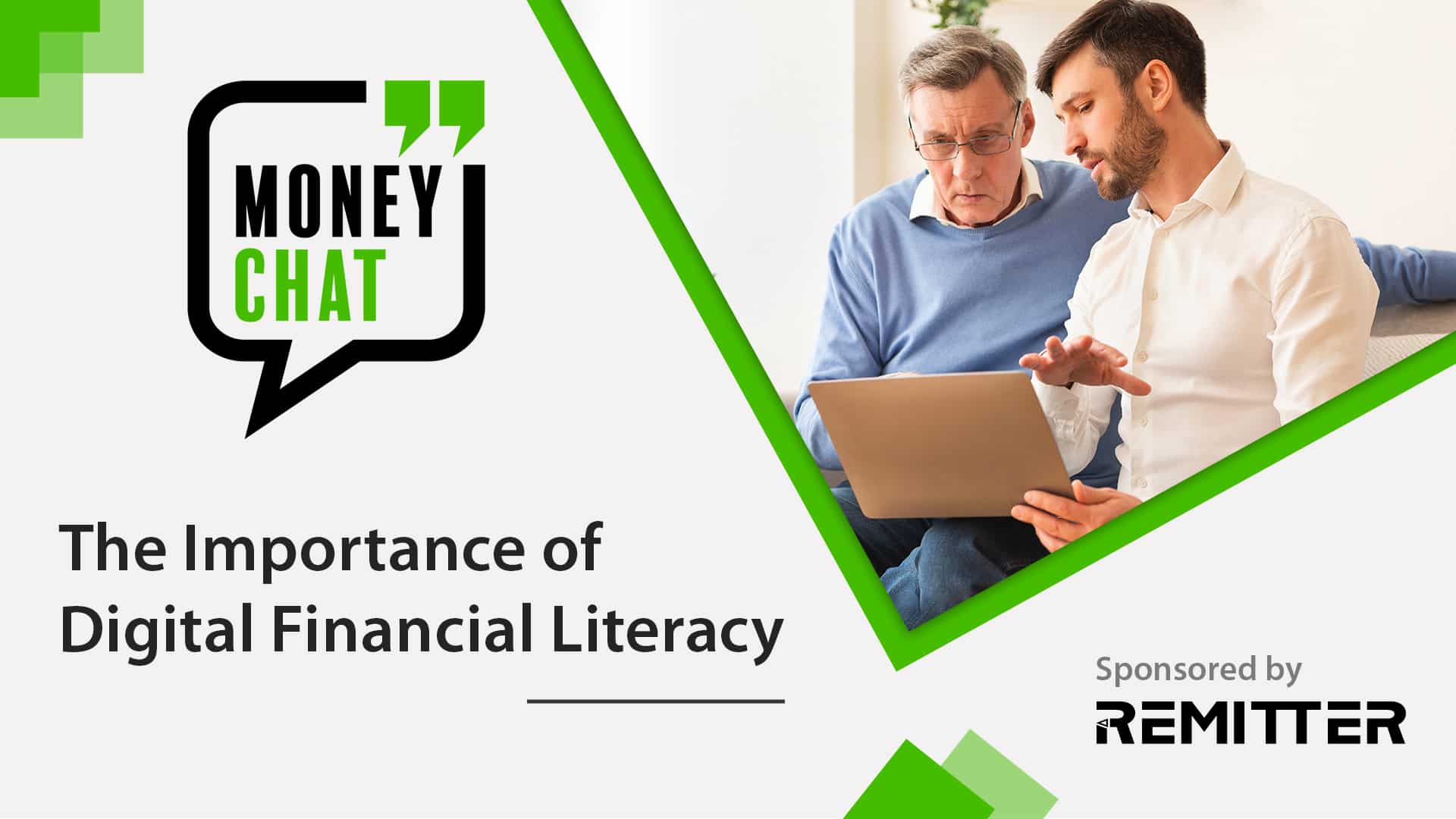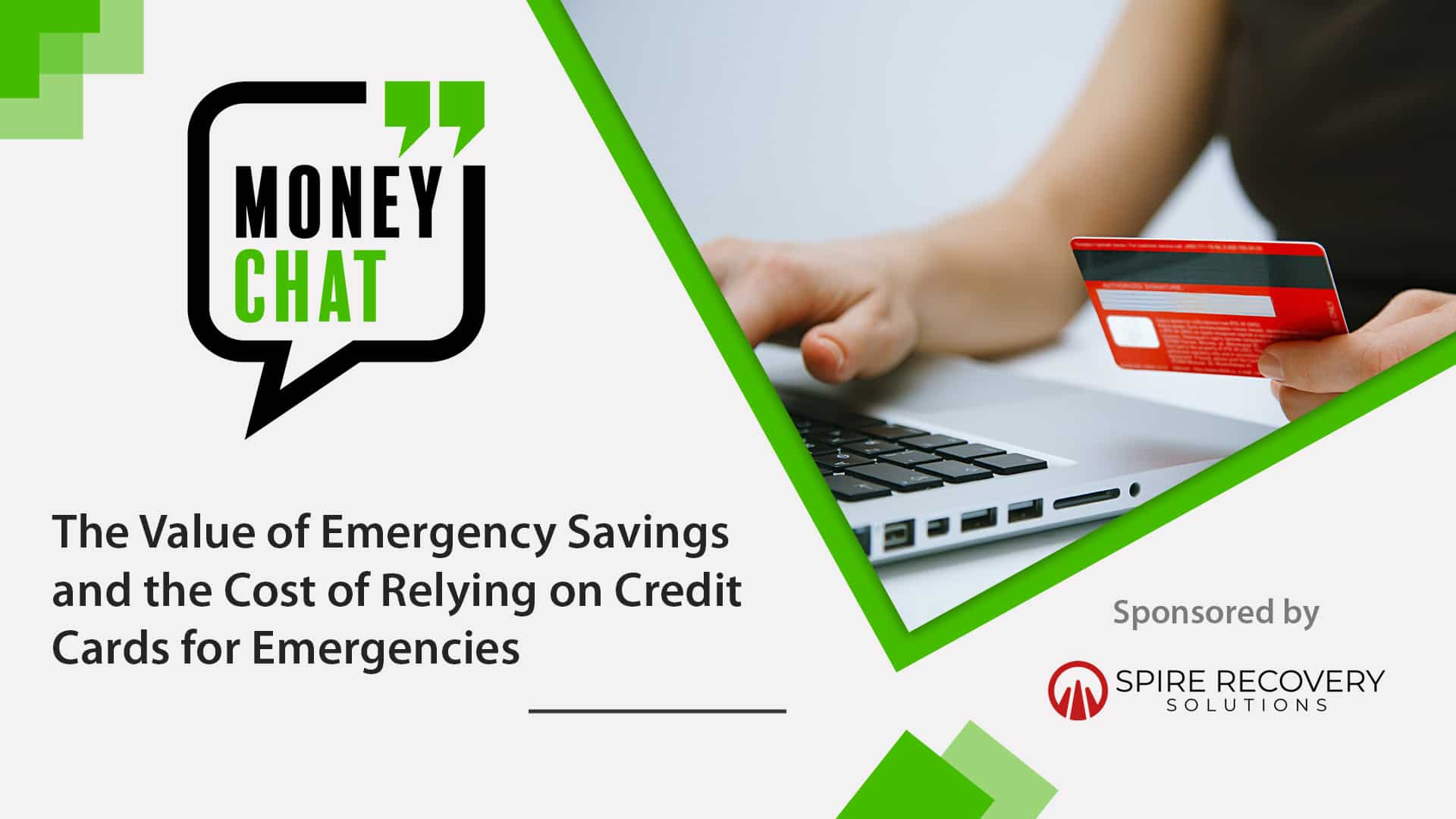
The Importance of Digital Financial Literacy
There are 6.65 billion smartphone users across the globe, and over 90% of the population has access to the internet. As a result, more and more daily functions have transferred to the digital space. Communication, messaging, planning, and financial transactions all require a rudimentary knowledge of how to use the smart devices you have access to, and how to stay safe while browsing online.
In this Money Chat, we will help you understand what digital financial literacy is and why it’s important for organizations to help promote general financial literacy courses.
What is Digital Financial Literacy?
Digital Financial Literacy is the concept of acquiring the knowledge, skills, confidence, and competencies to safely use digitally delivered financial products and services. Now in 2023, almost all financial products and services are offered online. Consumers can bank, shop, and receive loans all without leaving their homes. This tech-infused accessibility comes with the need to not only be financially literate—through the use of traditional education sources like higher education or free financial literacy resources provided by most collection agencies and government organizations—but also digitally literate.
While millennials and those in gen-z spent some of their childhood online gaining some of the knowledge required to stay safe and vigilant, older generations are being asked to learn and continually build digital know-how while also maintaining an up-to-date financial understanding. Enter—digital financial literacy.
A New Wave of Online Collections
With the advent of digital financial transactions came a revolutionary new wave of collections. Consumers are able to transact with almost all collection agencies online, via SMS and email communications or digital portals. While this has provided consumers with a unique way to work down their financial commitments while staying on their own schedule, it does require some digital literacy to finesse.
Organizations across the industry are working to provide tools, resources, and the accessible portals needed to not only quickly acclimate consumers to a new wave of collections activity but also help them on their digital financial literacy journey. Agencies will access detailed white-labeled online portals that come with tutorials, easy-to-understand navigation menus, and dozens of additional tools. When their websites are built, many consumer-centric agencies will even provide free financial literacy resources to help consumers on both sides of their digital literacy education.
Staying Ahead on Digital Money Management
With almost all financial information available online and available to those with or without a digital financial literacy background, here are some tips and tricks for staying ahead of the game:
1.Identification
Identifying what you need to focus on to stay digitally financially literate is important. Almost all aspects of your financial future are being built online from retirement account management all the way to ordering food on your phone. Each of your financial accounts has a portal online. Maintaining strong, secure passwords on the accounts that have access to your credit and debit cards, as well as your bank accounts, can mean the difference between staying ahead and having your identity or account information stolen.
In general, keep track of your payment accounts (electronic money, mobile phone wallets, digital assets), asset/debt accounts (banking, brokers, collection agencies, financial management tools, and mobile trading sources), alternate financing services (crowdfunding sources, invoice service providers, and more), and spending accounts (apps with your information like the Target or Walmart app).
2.Staying Secure
Once you identify the accounts that are vitally important to your financial future, it’s time to set a secure password. Security.org has six key ingredients for a secure password that will dramatically decrease your account accessibility:
- A password should be 16 characters or more; our password-related research has found that 45 percent of Americans use passwords of eight characters or less, which are not as secure as longer passwords.
- A password should include a combination of letters, numbers, and characters.
- A password shouldn’t be shared with any other account.
- A password shouldn’t include any of the user’s personal information like their address or phone number. It’s also best not to include any information that can be accessed on social media like kids’ or pets’ names.
- A password shouldn’t contain any consecutive letters or numbers.
- A password shouldn’t be the word “password” or the same letter or number repeated.
3.Identifying an Online Scam
Once your accounts are marked, and your passwords are secure, the next step on your digital financial literacy journey is to identify scams correctly. There are three primary digital ways to be scammed—phishing, pharming, and spyware. While there are dozens of ways “hackers” use these three methods to gain access to your accounts, understanding what these three are and how to identify them is important to staying secure.
Phishing is when a hacker pretends to be an institution in order to get the user to reveal personal information like usernames or passwords. Phishing is often combated by being vigilant. Check for correct spelling, correct email names, and safe links before clicking on any attachments forwarded to you. Doing those three things will both ensure you’re safe from phishing and allow you to block future correspondence from that person.
Pharming is when viruses redirect you to a false page, causing you to reveal personal information. Almost all computers have built-in virus tracking software that will alert you when your computer is compromised, but if you ever click a link, and it takes you to an unrecognizable page, take the above steps you took for phishing attempts to remain secure.
Spyware is when a hacker gains access via direct malicious software. A problem in the early 2000s with the advent of Limewire Music, and other malicious software-sharing sites, staying safe against spyware is about knowing what you download on your phone or computer. Do not download any attachment that gets sent your way. Spend time to ensure it’s coming from a secure sender.
Free Digital Literacy Resources
Following these three basic steps will help you stay digitally safe and help you on your journey toward digital financial security, literacy, and understanding. To understand the ins and outs of the credit life cycle and how accounts are distributed, paid, and removed from credit reports, visit Receivable Info’s Money Chat series. There are dozens of free, easily accessible financial education resources for consumers to explore to avoid uncertainty as they navigate debt. If you want to learn more about financial literacy or your rights as a consumer, please visit the Receivables Info Resources Page.
Have an idea for a Money Chat topic?
We want to hear from you! If you have a suggestion for a future Money Chat topic, please email us at [email protected].
The information contained in this article is meant to serve as general guidance for consumers and not meant to serve as comprehensive financial advice. For questions about your individual circumstance, finances, or accounts, please contact your creditor(s) and/or financial advisor directly.
Thank you to our sponsor, Remitter
Remitter has operations in the US, Canada, and is expanding rapidly throughout the Americas. Our service suite offers code-driven compliance while protecting brand reputation and providing a mechanism to scale without adding FTE. The fully automated, mobile-first solution empowers consumers to self-serve with AI-enabled responsiveness creating more favorable customer experiences by embracing consumers on their terms.







